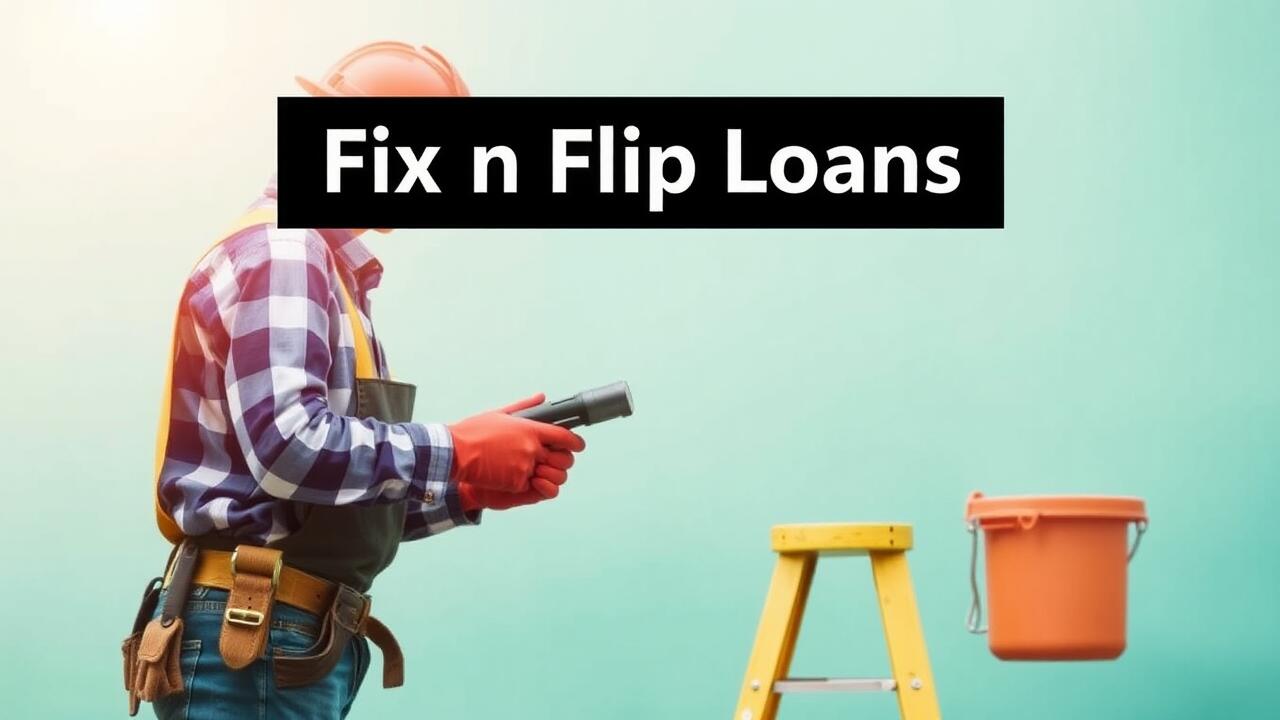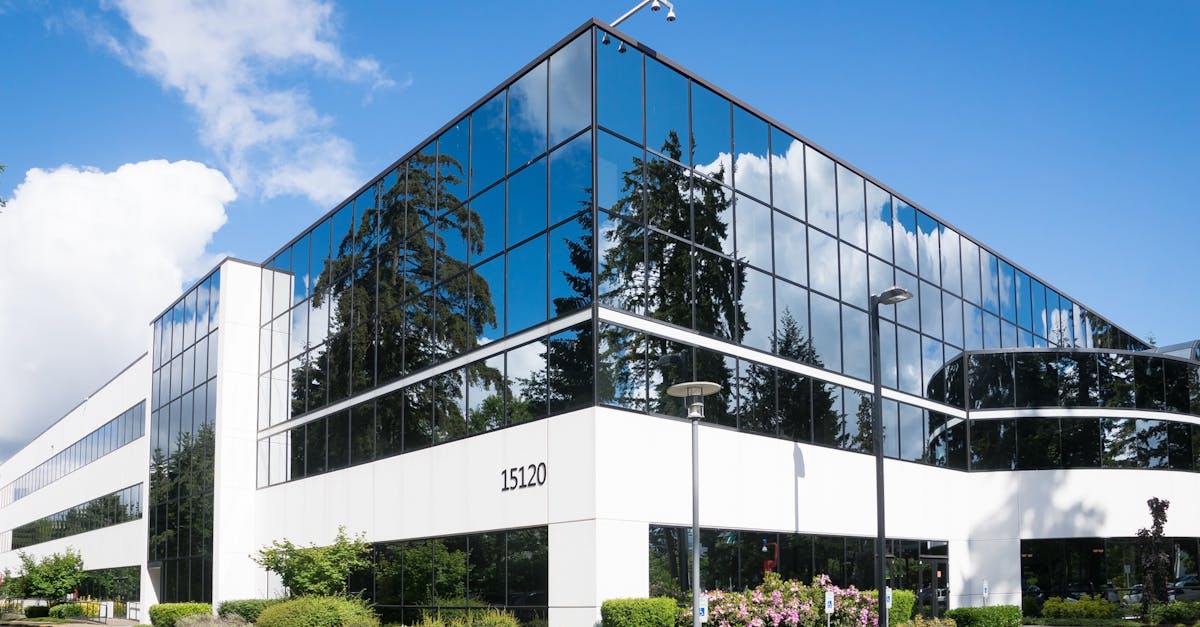
Table Of Contents
Limitations of the 70% Fix and Flip Rule
The 70% fix and flip rule provides a helpful starting point for investors, yet it has inherent limitations that can skew decision-making. One major drawback is that it doesn't account for fluctuating market conditions. Local real estate markets may experience rapid changes in property values, and sticking rigidly to the 70% formula could result in missed opportunities or overestimating costs. Investors might overlook essential factors such as the neighborhood's potential for appreciation or the impact of a changing economic landscape.
Additionally, this rule simplifies complex financial dynamics into a single percentage. It overlooks hidden costs such as permit fees, inspection costs, and potential renovation overruns. Investors relying solely on this formula may find themselves unprepared to manage unexpected expenses, ultimately affecting the profitability of their projects. Furthermore, while agencies may offer Fix n Flip loans to ease financial burdens, relying too heavily on the 70% rule without evaluating individual project specifics could lead to financial setbacks.
Situational Considerations
Investors must recognize that the 70% fix and flip rule is not a one-size-fits-all solution. Local real estate markets can vary widely, impacting the potential return on investment. Factors such as neighborhood demand, property condition, and market trends influence the actual profits from a fix and flip project. Taking these situational elements into account is crucial for making informed decisions.
Additionally, the type of financing used can affect the feasibility of the 70% rule. Fix n flip loans can offer various terms and rates, which may alter overall costs and profits. Understanding how different financing options work will help investors determine whether this rule is applicable to their specific scenario.
Alternatives to the 70% Fix and Flip Rule
Investors often seek alternatives to the 70% fix and flip rule when looking for different ways to maximize returns. Various strategies focus on specific market conditions and property types. Some may consider investing in properties that require minimal renovations to increase speed of sale and profits. Others might leverage emerging neighborhoods, where property values are projected to rise, allowing for higher margins upon resale.
Another option involves exploring creative financing methods such as Fix n Flip Loans. These specialized loans can provide the necessary funding for renovations and acquisitions, making it easier to capitalize on potential opportunities. By understanding local market trends and adapting their investment approach, real estate investors can find considerable success even outside the confines of traditional formulas.
Exploring Other Investment Strategies
While the 70% fix and flip rule serves as a useful guideline, investors often explore other strategies that align better with their individual goals and risk tolerance. One alternative is the BRRRR method, which stands for Buy, Rehab, Rent, Refinance, and Repeat. This strategy focuses on acquiring properties that can be rented out after rehabilitation, allowing investors to build equity and generate passive income over time. Investors can then leverage the increased value to fund new purchases, creating a sustainable investment cycle.
Another strategy gaining traction involves leveraging Fix n Flip Loans, which provide funds specifically for acquiring and renovating properties. These loans usually come with shorter terms and higher interest rates but can be advantageous for seasoned investors looking to flip properties quickly. By utilizing this financing method, investors can allocate upfront capital toward renovations, thereby enhancing property value and maximizing potential returns. Diversifying investment approaches can lead to more opportunities and better outcomes in the competitive real estate market.
Real-Life Examples of the 70% Fix and Flip Rule
Understanding the practical application of the 70% fix and flip rule can be illuminated through real-life examples. A seasoned investor purchases a distressed property for $200,000, estimating a renovation cost of $50,000. By applying the 70% rule, the maximum allowable offer comes to $175,000, which would allow sufficient margin for profit upon resale. The investor demonstrates how Fix n Flip Loans can cover both the purchase price and renovation expenses, ensuring a streamlined process from acquisition to revamped property.
Another case involves a newcomer to real estate investment who buys a small duplex for $300,000. The investor plans to spend $70,000 on renovations, bringing the total investment to $370,000. Following the 70% fix and flip rule, the investor identifies a potential resale price of approximately $490,000, thus securing a healthy profit margin. The use of Fix n Flip Loans allows this investor to finance the purchase and renovation seamlessly, illustrating the rule’s effectiveness in managing financial risk while pursuing profitable opportunities.
Case Studies in Action
In the world of real estate, applying the 70% fix and flip rule can lead to profitable investments, particularly when backed by suitable financing options. For instance, consider an investor who finds a property listed at $200,000. By utilizing the rule, the maximum purchase price permissible would be $140,000 after taking into account estimated repair costs. By securing fix n flip loans, the investor can effectively cover the acquisition and renovation expenses while adhering to this guideline.
Another case highlights an investor who purchased a distressed property for $150,000. With renovations costing around $30,000, the total investment comes to $180,000. Targeting a resale price of $250,000 meets the 70% rule’s criteria, allowing this investor to capitalize on the profits. Access to fix n flip loans provided the necessary capital to ensure that the project remained within budget, showcasing how effectively leveraging financing can enhance investment success.
FAQS
What is the 70% fix and flip rule?
The 70% fix and flip rule is a guideline used by real estate investors to determine the maximum price they should pay for a distressed property. It suggests that an investor should not pay more than 70% of the property's after-repair value (ARV) minus the estimated repair costs.
How do I calculate the after-repair value (ARV)?
To calculate the ARV, you should analyze comparable properties in the area that have been recently sold or are currently on the market. Consider factors such as size, condition, and location to arrive at a realistic value of what the property could sell for after renovations.
What are some limitations of the 70% fix and flip rule?
Some limitations include market fluctuations, the condition of the property, and the potential for unexpected repair costs. The rule may not be applicable in high-demand markets where properties can sell for above their ARV.
Are there alternatives to the 70% fix and flip rule?
Yes, alternatives include using different investment strategies such as the BRRRR method (Buy, Rehab, Rent, Refinance, Repeat), focusing on rental properties, or investing in commercial real estate, depending on your investment goals and market conditions.
Can you provide a real-life example of the 70% fix and flip rule in action?
Certainly! For instance, if a property’s ARV is estimated at $300,000 and the necessary repairs are expected to cost $50,000, the maximum purchase price according to the 70% rule would be $210,000 (70% of $300,000 is $210,000, then subtracting the $50,000 in repairs).




